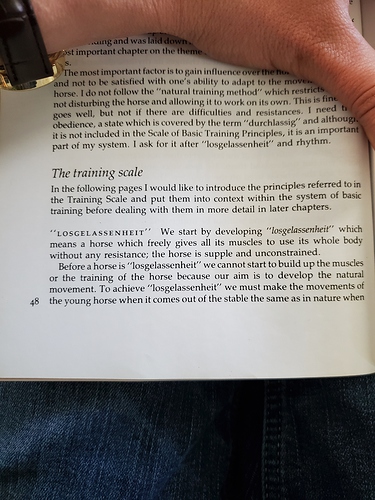Great question, and the answer is generally No - you address everything in the priority of the training scale. So if he is trotting around nicely with good, regular rhythm and is relaxed, with good contact and good impulsion, and then he falls in (straightness), you address the straightness. If he’s going around with good rhythm, relaxation, contact, but not impulsion, and then he falls in, you address the impulsion first, then when all those four ducks are in a row, you address the straightness.
Then again, if he’s a youngster, sometimes you have to play it by ear and adjust as needed. But the goal should be to get all the elements of the training scale (as much as the horse can at their stage of training), in the priority of the scale. So if he’s crooked, has no impulsion, and is not relaxed, you get your rhythm first, then address the relaxation (I think now they call it suppleness in the updated version), then contact, etc. Then with a youngster especially you’ll lose something again, then you’ll fix it, and it’s a long game of whack-a-mole in each ride as you tuck in a shoulder here, get back your relaxation there, etc.

 .
.